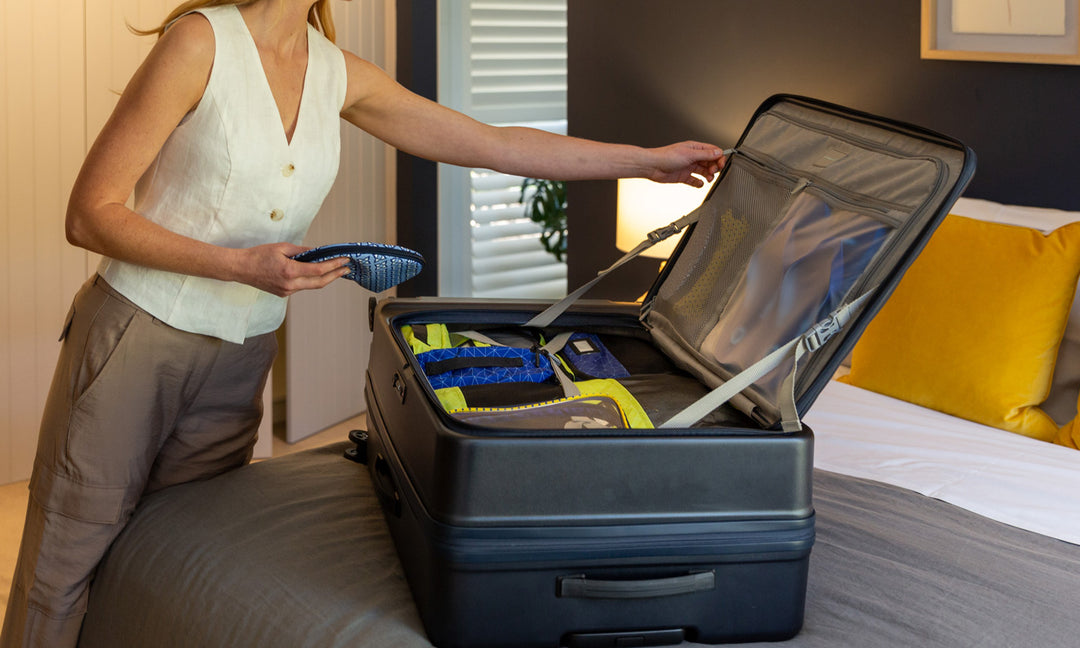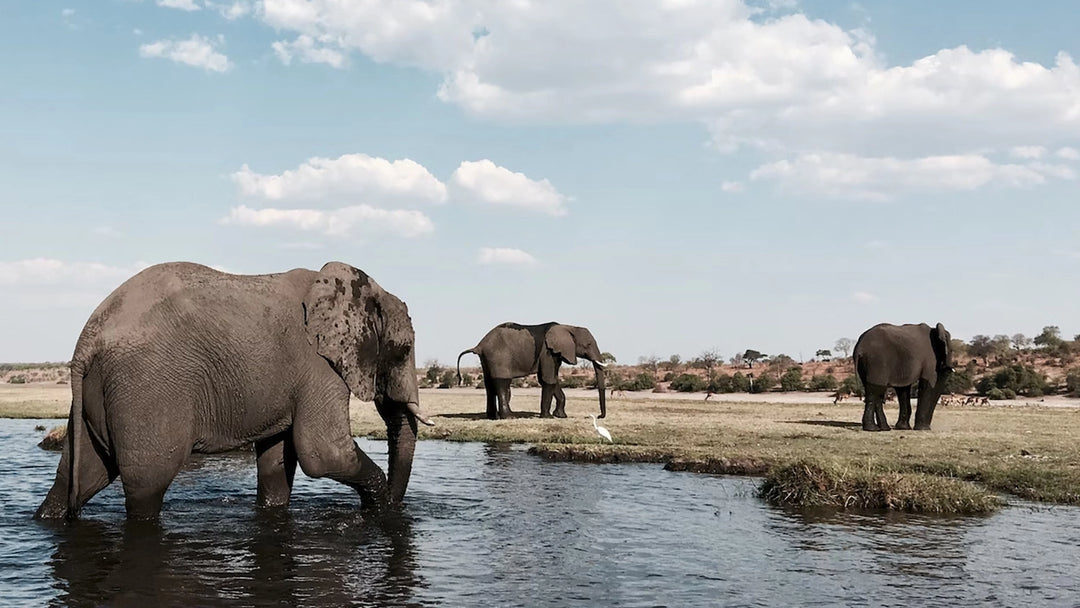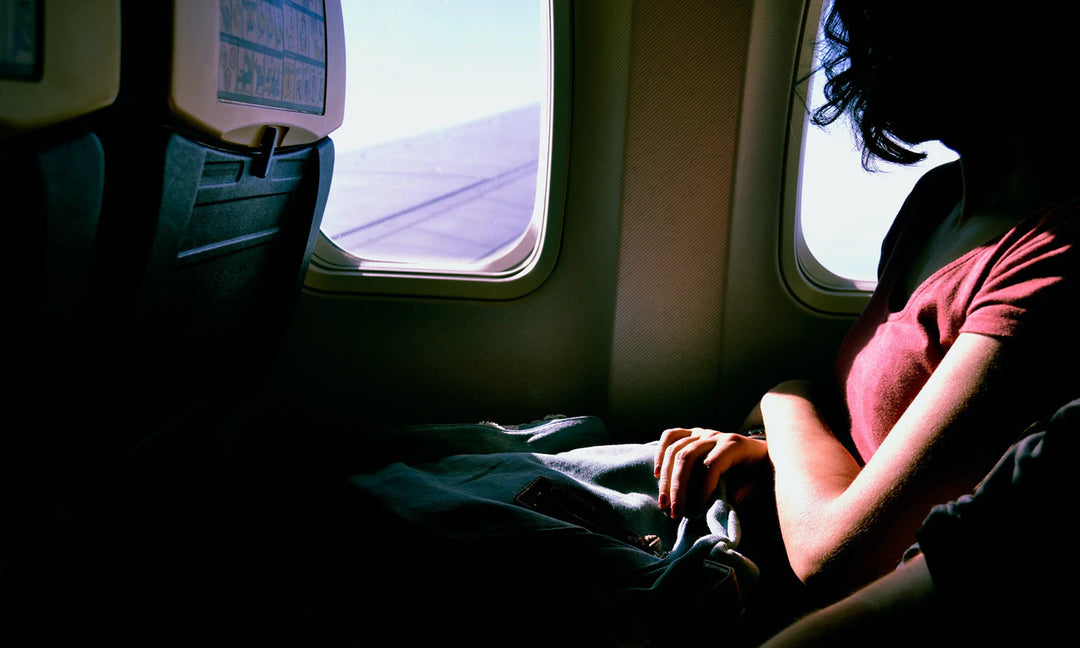Machu Picchu – The Fabled Lost City of the Incas
Peru's #1 tourist attraction and arguably the most famous archaeological site in South America, Machu Picchu, is a bucket-list destination, bar none. The illustrious former city of the ancient Incan Empire is over three-quarters preserved, and that's what makes it so extraordinary. Instead of looking at a collection of stones and using your imagination to fill in the gaps, you walk through a near-complete ancient city, visiting sacrificial temples and abodes and admiring the hundreds of terraces in the surrounding hills built to protect the city from landslides.
In this mini-guide to Machu Picchu, we’ll share some lesser-known facts and weave in some insider tips so you can better plan your visit.
1. Machu Picchu was never lost – although the Spanish never found it.
When British explorer Hiram Bingham first stumbled upon the site in 1911, he declared it the 'lost city of the Incas'. Locals knew of it and pointed Bingham to the ruins, yet the explorer gifted the site international recognition nonetheless. Interestingly, the conquering Spanish forces never found the city, likely because it appears retreating Incas burned access to it. The site you can visit today is about half of the city; the remainder is still blanketed by wilderness.
The best view of the 15th-century city for all-encompassing photos is from Sun Gate – which you reach first thing in the morning, at the end of a hiking trip – and the top of Huayna Picchu, which is the peak you see behind the city on almost every photo of the famous site. It takes about 30-45min to climb to the top of Huayna on a steep, hair-raising trail. Totally worth the effort!
2. The Inca Trail isn’t the only Inca trail to Machu Picchu.
The famed Inca Trail to Machu Picchu is one of the world’s most prized hiking trails – a 42km path carved out by the Incas five centuries ago. The trail combines paved sections, dirt paths, and rock-hewn steps carved into the mountainside – it guides hikers past several spectacular Inca ruins and terraced hillsides, with spectacular mountain views all the way. The hike takes 4-5 days but can get horrendously overcrowded in the peak travel months of June-August.
In reality, over 30 known trails carved by the Incas lead to Machu Picchu. Fantastic alternatives – for quieter hiking days in peak season – are the Lares, Salkantay and Choquequirao trails.
3. The Inca Trail is closed for maintenance in February – but Machu Picchu is open 365 days a year.
February is the wettest month in the Peruvian Andes – when landslides are common and trails get torturously clogged. The government takes this opportunity to close the path to hikers and undertake maintenance. Many erroneously assume that Machu Picchu is also closed, but you can still reach it by train and a few alternative hiking trails.
Is it worth visiting the site in this, the worst month of the year, weatherwise? Avid off-season explorers say yes: tickets can be purchased last minute, availability for hotels, trains and hikes abound, and the actual site is blissfully deserted. You need to be very flexible (as travel disruptions are common), but if you are more allergic to big crowds rather than torrential rain, then it might suit you.
4. Entry tickets to Machu Picchu are time-restricted
Once upon a time, you could enter the gates of Machu Picchu and explore at will. Not anymore. Today, there are restrictions on daily entry tickets issued (2,500), time restraints (4hrs max) and even the direction in which you are to walk when on the site (one way only). These are all attempts at 'sustainable tourism' in the single most visited tourist site in the Americas. So, when we talk about overcrowding, we're not mucking around.
Want to visit with fewer people but still-good weather? Aim for May, September or October – and even early November. All those restrictions still apply – except the 4hr time limit per visit – but there's less of a need for them now, so your visit will feel a lot more 'magically ethereal’ and a lot less ‘Peruvian Disneyland’.

5. You don’t have to hire a tour guide to visit Machu Picchu – but you should
A knowledgeable and passionate local guide can bring Machu Picchu to life, explain all the intricacies of everyday living for the ancient Incas, and explain what every nook and cranny of the city was meant to be. Yes, the site is aesthetically pleasing yet you arguably haven't come all this way and paid all this money to just look at it and take Insta-worthy photos. Hire a good guide and make the most of your visit by learning all about it. That's how a visit to Machu Picchu can become the experience of a lifetime you've always dreamed of.
Have you been lucky enough to have visited Machu Picchu? If you have any insider tips you’d like to share, pop them in the comments for everyone to read!






I recommend visiting the site two times over two separate days.
Get the train in the morning and visit in the afternoon and then the next day visit in the morning and train out in the afternoon.
The second day allows you to really soak it in because you will not be there again.
Leave a comment